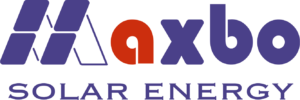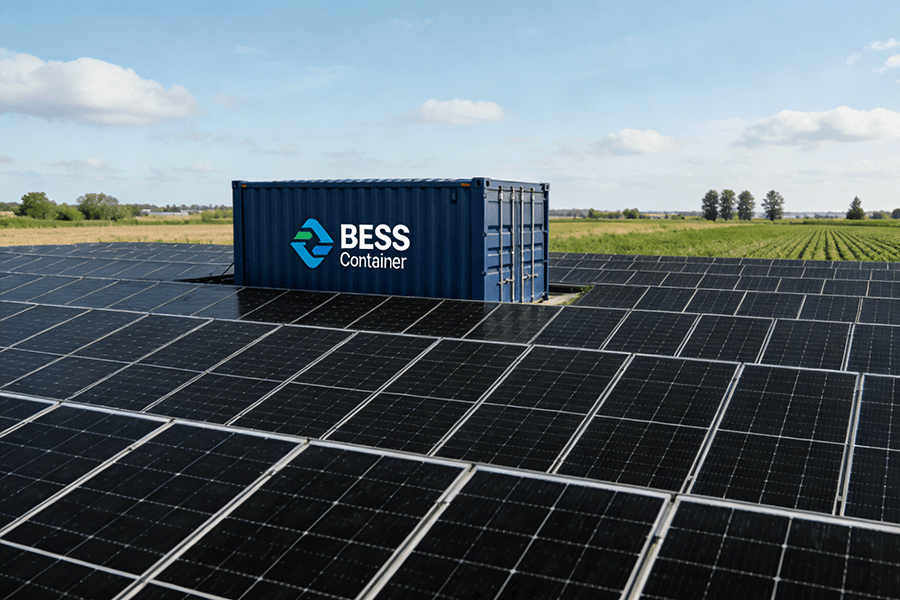As the pace of commissioning commercial PV systems accelerates, while parallel current systems mature, the market sees PV systems as more than just a source of clean energy. Instead, PV systems are now seen as long-term investments that need to be closely managed to improve their ROI and bottom line. As with any investment, the two main ways to improve the return on investment of a commercial PV system are to increase energy production – and thus increase annual revenue – and reduce life cycle costs.
Let’s take a deeper look at how to do this in a commercial PV installation.
Performance ratio
A common method for evaluating the efficiency of commercial PV sites is the performance ratio (PR). PR measures the difference between the actual and estimated potential energy output of a commercial PV system. The measured value is the energy produced by the system as a percentage of the potential energy calculated by measuring irradiance and temperature. Operations and maintenance activities are performed to bring the actual output closer to the theoretical potential output of the system. However, one of the first ways to increase a system’s energy production is actually during the design and planning process. When analyzing the different PV options available, plant designers and asset owners should select systems based on their ability to place more solar modules on an array, whether rooftop or ground mounted.
Many standard systems will reduce the number of modules that can be placed on the array due to design limitations, such as not allowing for different module layouts or string lengths, or due to objects or natural obstructions that partially block sunlight. By choosing systems that are designed to overcome these obstacles and therefore allow more modules to be included in the system, commercial PV systems become more profitable from the start.
Minimize power loss
Another key way to improve PR in commercial systems is to minimize power losses due to module mismatches, thereby increasing system generation.
System owners and EPCs can mitigate mismatches and aging losses and prevent unpredictable environmental changes, new obstructions (such as trees with antennas standing up or growing), as well as contamination, uneven surfaces, irregularity, and self-coloring under double-sided modules through implementation. Technologies such as module level power electronics (MLPE) help minimize energy loss by optimizing the DC generation of each module, rather than affecting the entire string.
However, no matter how much loss can be reduced in the future, even with high-quality modules, there may be defective modules that need to be replaced. If the technology used by the system can allow replacement with any module available on the market, without having to rely on expensive module inventory, the cost can be further reduced.
Operation and maintenance solution
At the operational level, providing a quick response to any source that causes a drop in production is another important factor in improving system uptime. O&M can be a very expensive job with slow response times.
But with the advent of modular, cloud-based monitoring systems that allow automatic alerts, real-time detection and remote troubleshooting, the process has become as simple as a few clicks in an air-conditioned office. O&M is no longer a “needle in a haystack” labor-intensive process, and asset management teams can choose systems that provide targeted information so that field workers know where the problem lies before they go to the site. This not only increases system uptime; It also improves operational efficiency and has the potential to reduce costs.
Another factor in analyzing operations solutions is to distinguish between two different types of operations activities – preventive and corrective. Preventive maintenance is designed to keep the PV system in peak working condition and limit system downtime. This usually requires an annual site visit to thoroughly evaluate the components of the PV system and check the health of the system. Standard systems require that each module be checked to confirm that they are working properly.
This is a particularly burdensome, expensive and inefficient process. In some large sites, it may even be necessary to use drones for inspection. In addition, it can expose maintenance personnel to unsafe conditions, such as high pressure, high places, and even wild animals. During preventive maintenance activities, maintenance personnel often discover potential problems that cause the system to reduce energy generation for long periods of time. This will require corrective maintenance. Corrective maintenance is done after a problem is discovered and includes the actual repair process.
However, there is an alternative form of maintenance – selective maintenance. By using advanced monitoring systems, especially modular-level monitoring, asset managers are able to receive alerts of system issues to reduce the number of trips to the site and the time spent on the site. This type of monitoring enables the operations service provider to conduct on-site analysis of the plant’s AC and DC systems and send field personnel only when it makes sense to do so. With this module-level monitoring, for example, if a module’s diode fails, an automatic alarm will notify the O&M provider.
Modules can be easily identified and screenshots can be provided to module manufacturers for warranty claims. This means that during the next site visit, the operations provider can use a module to replace a failed module, saving on site visits and positively impacting the operations budget. This type of monitoring requires MLPE, which is not normally provided by third-party services. What’s more, any type of third-party monitoring service increases costs, which negatively impacts the system’s return on investment.
The importance of inverter selection
The optimization of revenue and cost can be directly related back to the original inverter selection. In recent years, the choice of inverters has become known for its impact on cost, but more recently it is directly related to system production and operation and maintenance expenses.
This is because the inverter manages 100% of the system production and can control operation and maintenance costs. By utilizing selective maintenance, plant O&M requires less time on site and fewer trips. As labor costs rise, selective and remote troubleshooting through module-level monitoring can significantly reduce long-term operational costs.
Due to these factors, the choice of inverters is becoming increasingly important for the continued health and production of photovoltaic systems. As competition heats up over which inverter can best improve the PR of the system, each of these factors becomes more important.
Therefore, when planning a large investment like a photovoltaic system, it is critical to understand how inverters can increase system revenue and reduce costs throughout the system life cycle.
If you want to customize your own photovoltaic solution today, please contact us.






